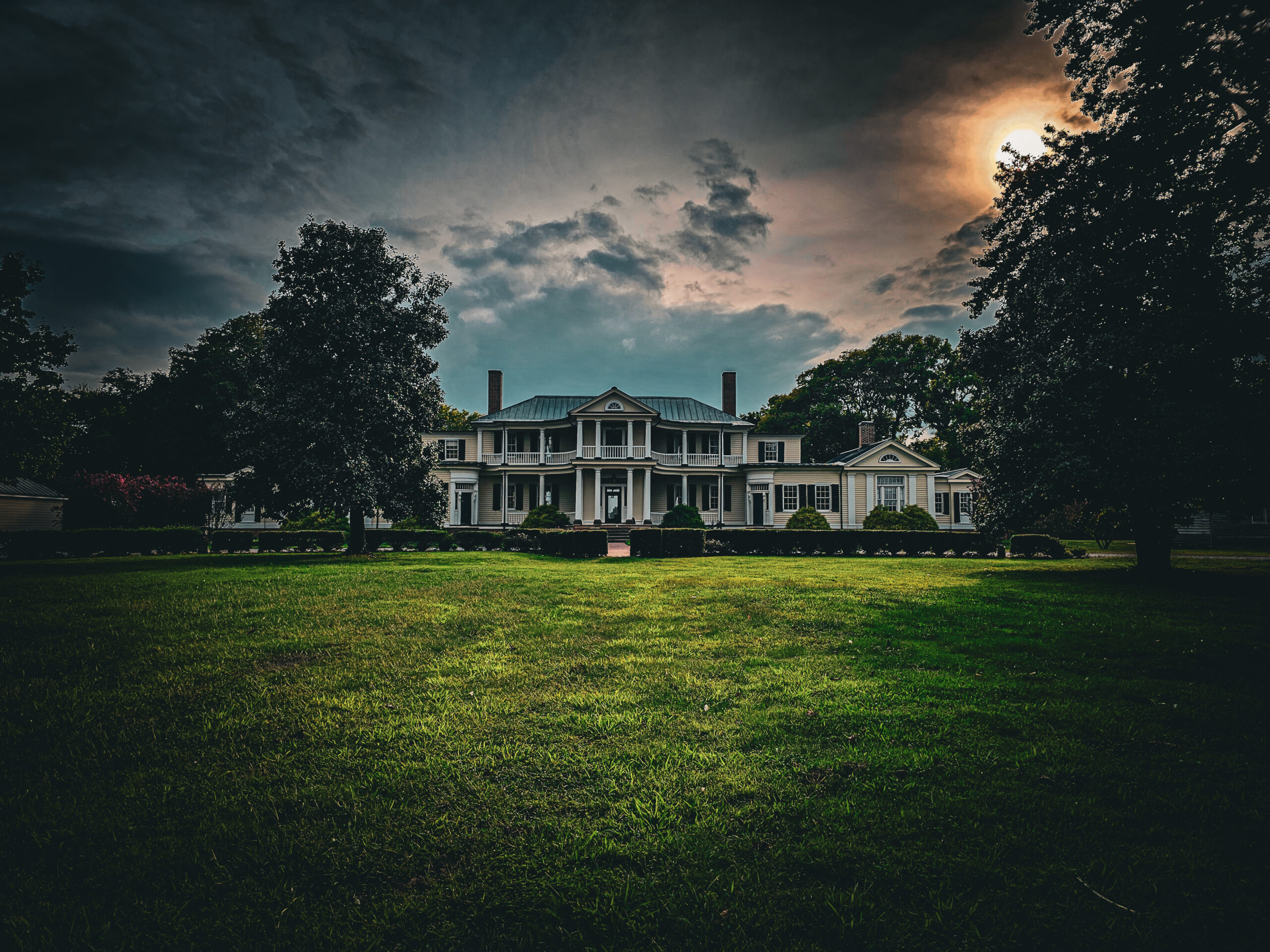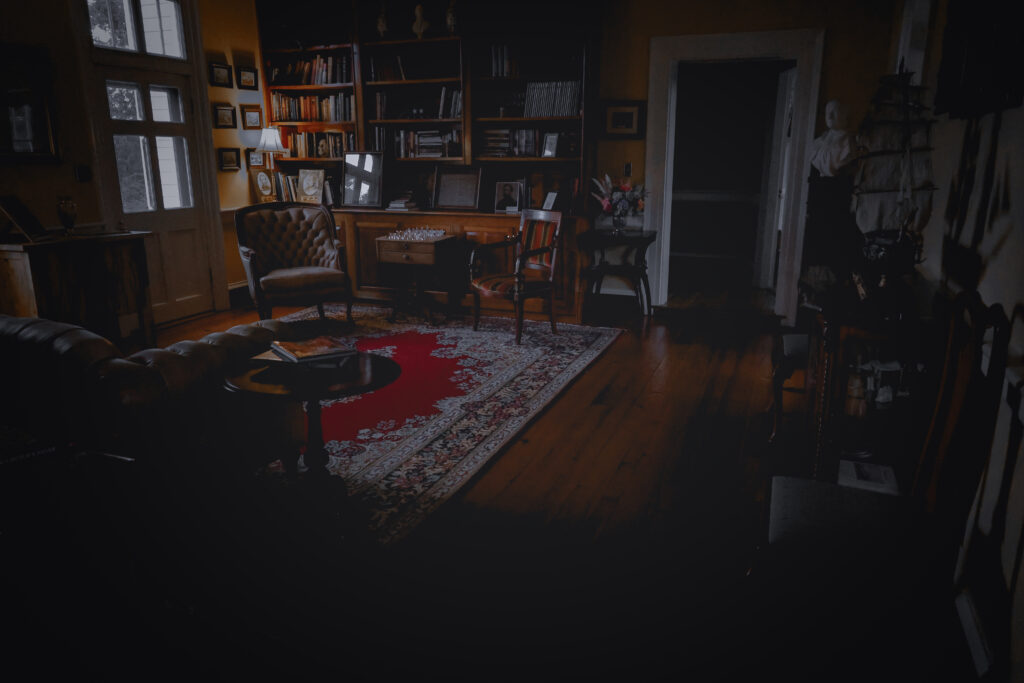Your cart is currently empty!

Belle Grove Plantation
The Belle Grove Plantation in King George, Virginia, stands as a testament to the rich history and complex legacy of the antebellum South. Established in the early 18th century, this plantation has witnessed significant historical events, from the Revolutionary War to the Civil War, and has served as the birthplace of one of the most prominent figures in American history. Its long and storied past includes a deep connection to the institution of slavery, as well as a modern reputation for paranormal activity, making Belle Grove Plantation a site of historical, cultural, and ghostly intrigue.
In this 5000-word exploration of Belle Grove Plantation, we will delve into its origins, the prominent families that shaped its legacy, its role in American history, and the haunting tales that continue to captivate visitors today. By examining the plantation’s historical significance and its modern-day allure as a haunted site, we can better understand the complex interplay of heritage, memory, and the supernatural at Belle Grove.
Belle Grove Plantation’s history begins in 1670, when Captain Anthony Savage, an English immigrant, was granted a large tract of land along the Rappahannock River in what is now King George County, Virginia. This fertile land, with its access to the river, was ideal for agriculture, and Savage quickly established a successful plantation. Over time, the property was passed down through the generations, remaining in the hands of the Savage family until the early 18th century.
The estate was named “Belle Grove” after the French term for “beautiful grove,” a fitting description for the lush and picturesque landscape that characterized the plantation. Like many other plantations in the Virginia Tidewater region, Belle Grove relied heavily on enslaved labor to cultivate tobacco, the cash crop that dominated the economy of the colonial South. Tobacco farming was labor-intensive, and enslaved Africans were brought to the plantation to work the fields, contributing to the wealth and success of its owners.
By the early 18th century, Belle Grove Plantation had passed into the hands of the Hooe family through marriage. Major Francis Conway, a prominent figure in Virginia society, married Sarah Hooe, and the couple inherited Belle Grove. It was under the ownership of the Conway family that the plantation would gain historical significance, as it became the birthplace of one of America’s most celebrated figures: James Madison.
James Madison, born on March 16, 1751, at Belle Grove Plantation, would go on to become the fourth president of the United States and one of the most influential Founding Fathers. Madison played a key role in the drafting of the U.S. Constitution and the Bill of Rights and is often referred to as the “Father of the Constitution” for his contributions to the development of the American political system.
Though Madison did not grow up at Belle Grove—his family moved to Montpelier, another plantation in Orange County, Virginia, when he was still a child—the site of his birth remains an important part of the plantation’s legacy. The house where Madison was born no longer stands, but the historical connection to one of America’s most important figures ensures that Belle Grove holds a special place in the nation’s history.
The Revolutionary War had a profound impact on Virginia’s plantations, and Belle Grove was no exception. As a large estate situated along the Rappahannock River, the plantation was vulnerable to British raids during the conflict. The river served as an important transportation route, and both British and American forces often used it to move troops and supplies.
Belle Grove’s owners, like many wealthy Virginians, were staunch supporters of the American Revolution. The plantation’s connection to James Madison, a leading advocate for independence, further solidified its role in the revolutionary cause. During the war, the plantation provided supplies and resources to the Continental Army, and its strategic location made it a valuable asset.
However, the Revolutionary War also brought hardship to the plantation. British forces frequently raided plantations along the Rappahannock, seizing crops, livestock, and other resources. Belle Grove was not spared from these depredations, and its owners faced significant challenges in maintaining the estate during this tumultuous period.
Following the Revolutionary War, Belle Grove Plantation changed hands once again. In the early 19th century, the property was acquired by John Hipkins Turner, a wealthy Virginia planter. Turner was responsible for constructing the grand mansion that still stands on the property today. Built between 1790 and 1791, the mansion is a striking example of Federal-style architecture, characterized by its symmetry, elegant proportions, and refined detailing.
Under Turner’s ownership, Belle Grove flourished as one of the most prosperous plantations in Virginia. Like other Southern plantations of the time, Belle Grove relied on the labor of enslaved African Americans to maintain its wealth and success. The plantation’s primary crops included tobacco, wheat, and corn, all of which were cultivated by the enslaved workforce.
The Turner family, like many wealthy Southern families of the antebellum period, lived a life of relative luxury, enjoying the fruits of their labor while benefiting from the institution of slavery. The plantation’s enslaved population worked in the fields, the mansion, and other areas of the estate, contributing to the operation and success of Belle Grove. The lives of the enslaved individuals at Belle Grove were marked by hardship and oppression, as they endured the brutal conditions of forced labor, violence, and exploitation that characterized life on Southern plantations.

Despite the outward appearance of prosperity, the antebellum era was also a time of growing tension in Virginia and the South. As abolitionist movements gained momentum in the North, the issue of slavery became increasingly divisive. The Turner family, like many plantation owners, was deeply invested in the preservation of the institution of slavery, and the growing calls for emancipation posed a direct threat to their way of life.
The outbreak of the Civil War in 1861 brought significant changes to Belle Grove Plantation and the surrounding region. As a prominent Southern estate, Belle Grove was deeply affected by the conflict. The plantation’s owners, like many other Virginians, supported the Confederacy, and the estate provided supplies and resources to the Southern cause.
Belle Grove’s location along the Rappahannock River made it a strategic asset during the war. Both Union and Confederate forces used the river for transportation, and the plantation found itself in the midst of military activity throughout the conflict. The surrounding area saw several skirmishes and raids as Union forces attempted to gain control of key transportation routes in Virginia.
The war had a devastating impact on the plantation’s economy. As Union forces advanced into Virginia, they raided Southern plantations, seizing crops, livestock, and other resources. Belle Grove, like many other estates, suffered from these raids, and the Turner family faced significant financial hardship as a result. The Civil War also brought an end to the institution of slavery, which had been the foundation of the plantation’s wealth and success.
In the aftermath of the war, Belle Grove struggled to recover. The abolition of slavery meant that the plantation no longer had access to the forced labor that had sustained its operations for decades. Many Southern planters, including the Turners, found themselves unable to maintain their estates without the labor of enslaved individuals, and the economic collapse of the South in the post-war period only compounded these difficulties.
The years following the Civil War were a time of reconstruction and rebuilding in Virginia, but for many Southern planters, including the owners of Belle Grove, the post-war period was marked by economic decline. The plantation’s agricultural output diminished, and the Turner family, like many former slaveholders, faced significant financial challenges.
In the late 19th century, Belle Grove changed hands once again. The property was sold to new owners, but the estate’s fortunes continued to decline. Without the economic foundation provided by enslaved labor, Belle Grove was no longer the prosperous plantation it had once been. The mansion fell into disrepair, and the once-thriving agricultural operation dwindled.
By the early 20th century, Belle Grove Plantation had become little more than a relic of the antebellum South. The mansion, though still standing, was in a state of neglect, and the plantation’s fields lay fallow. The property’s historical significance, however, remained, and efforts to preserve its legacy began to take shape.
In the mid-20th century, efforts to preserve Belle Grove Plantation began in earnest. The mansion, recognized as a valuable example of Federal-style architecture and a significant part of Virginia’s history, was restored and opened to the public as a historical site. Today, Belle Grove serves as both a museum and an event venue, offering visitors the opportunity to explore its rich history and experience its unique charm.
In addition to its historical significance, Belle Grove Plantation has gained a reputation for paranormal activity. Like many historic plantations in the South, Belle Grove is said to be haunted by the spirits of those who lived and died on the property, including both the plantation’s wealthy owners and its enslaved inhabitants.
Visitors to Belle Grove have reported a wide range of ghostly phenomena, from strange noises and cold spots to sightings of apparitions. Some claim to have seen the ghost of James Madison, while others report encountering the spirits of enslaved individuals who once worked the plantation’s fields. The mansion itself is said to be haunted by the ghost of a woman, possibly Sarah Turner, one of the former mistresses of the estate.
Paranormal investigators have conducted numerous investigations at Belle Grove, and the plantation has been featured on several television shows and documentaries about haunted locations. The combination of Belle Grove’s historical significance and its reputation for ghostly activity has made it a popular destination for those interested in both history and the supernatural.
Belle Grove Plantation in King George, Virginia, stands as a symbol of both the grandeur and the dark legacy of the antebellum South. From its origins in the 17th century to its role in the Revolutionary and Civil Wars, Belle Grove has played a significant part in American history. The plantation’s connection to James Madison, its involvement in the institution of slavery, and its transformation into a historical site all contribute to its enduring legacy.
Today, Belle Grove serves as a reminder of the complexities of American history, offering visitors the chance to explore both its architectural beauty and its haunted past. The plantation’s blend of historical significance and paranormal intrigue ensures that it will continue to captivate and inspire those who visit for generations to come.




 designed and developed by
designed and developed by